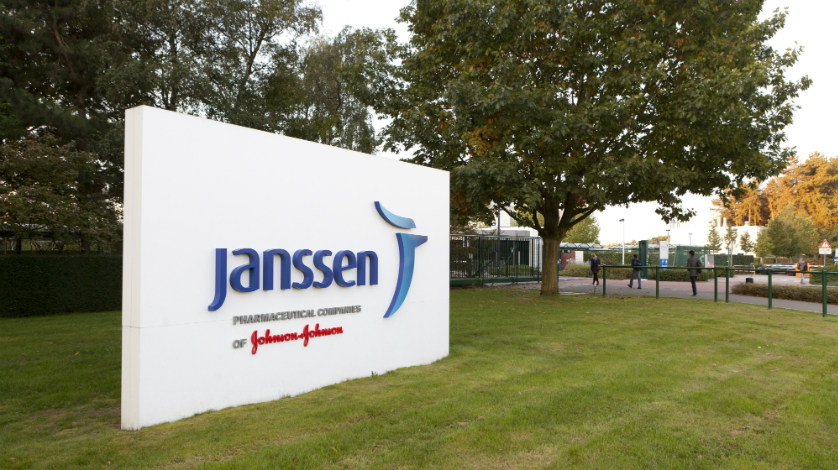Janssen files Darzalex Faspro for rare disease light chain amyloidosis

Janssen has filed a new formulation of its Darzalex in the US for the rare and potentially fatal disease light chain (AL) amyloidosis.
Johnson & Johnson’s pharmaceuticals unit said it had filed Darzalex Faspro (daratumumab+hyaluronidase), a subcutaneous formulation of the drug already approved in several blood cancers.
There are currently no approved therapies for AL amyloidosis, and rival Takeda is struggling to get its Ninlaro (ixazomib) to work in the disease, which is caused by a build-up of the abnormal protein amyloid in organs and cells throughout the body.
Late last year Takeda announced a phase 3 trial miss where Ninlaro failed to improve on standard therapy in terms of efficacy, although any benefits from Ninlaro did seem to last considerably longer when combined with the steroid dexamethasone.
Janssen’s filing is supported by results from the phase 3 ANDROMEDA study, which were presented at the European Hematology Association conference in June.
The trial tested subcutaneous daratumumab in combination with bortezomib, cyclophosphamide and dexamethasone (D-VCd) compared to VCd alone and met its primary endpoint of overall haematologic complete response rate.
The filing is being reviewed under the FDA Real-Time Oncology Review (RTOR) programme, which allows data for certain applications to be reviewed before the applicant formally submits the complete application.
RTOR aims to explore a more efficient review process to help ensure treatments are available as soon as possible for patients, although selection does not mean the FDA will necessarily approve a drug.
While AL amyloidosis is the most common type of amyloidosis, it remains a rare disease with an estimated 30,000 to 45,000 people living with the disease in the US and Europe. Each year, an estimated 4,500 people develop AL amyloidosis in the US alone.
Symptoms depend on the worst affected organs, but it can lead to complications such as kidney and heart failure, as well as problems with the liver, spleen, nerves or digestive system,
The disease is caused by abnormal plasma cells in the bone marrow that produce the amyloid, which can enter the blood stream and form the deposits and the disease is usually treated with chemotherapy or steroids.












